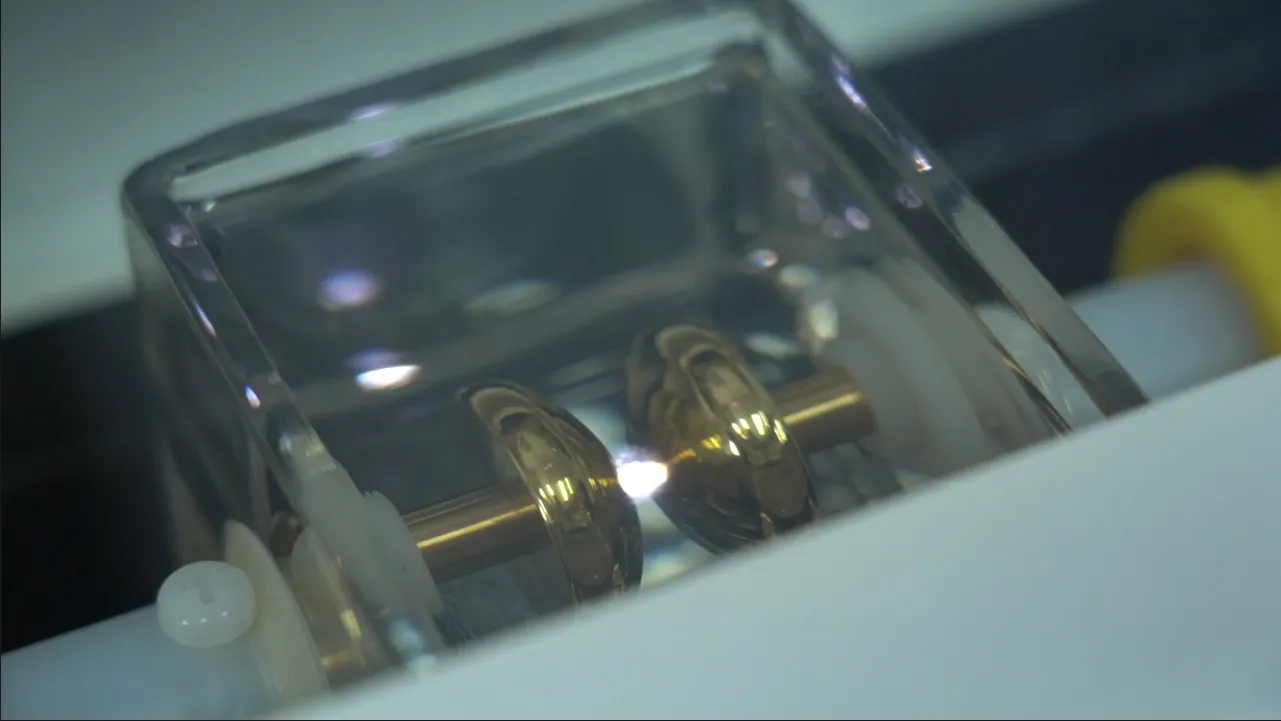 English
English


Innovative Techniques for Accurate Karl Fischer Titration Analysis in Laboratories
Understanding the KF Titrator A Comprehensive Overview
The Karl Fischer (KF) titrator is an essential instrument widely used in laboratories and industries to determine the moisture content in various substances. Named after the German chemist Karl Fischer, who developed the method in 1935, this technique employs a unique chemical reaction to measure water content accurately.
The primary appeal of the KF titrator lies in its precision and reliability. Moisture is a critical parameter in many sectors, including pharmaceuticals, food production, petrochemicals, and plastics. An excess or deficiency of moisture can lead to product degradation, affecting quality and shelf life. Therefore, the accurate determination of moisture content is vital for quality control and compliance with industry standards.
Working Principle
The KF titration process involves a redox reaction between iodine and sulfur dioxide in the presence of water. The reaction can be broken down into a series of steps. When the titrant (which contains iodine) is added to the sample, it reacts with the water present. The end point of the titration is indicated by a change in color, usually when all the water has reacted, signaling the completion of the titration.
There are two main types of Karl Fischer titration volumetric and Coulometric. Volumetric titration is typically used for samples with a higher moisture content, while Coulometric titration is more suitable for samples with very low moisture levels. The choice between the two methods depends on the specific requirements of the analysis.
kf titrator

Advantages of KF Titrators
One of the key advantages of KF titrators is their ability to provide quick and accurate results, often within minutes. Modern KF titrators come equipped with digital displays and sophisticated software that streamline the analysis process, making them user-friendly. Additionally, they require minimal sample preparation, further enhancing their efficiency.
Moreover, the KF titration method can be applied to a variety of substances, including solids, liquids, and gases. This versatility makes it an invaluable tool across many industries. Additionally, the ability to automate the titration process reduces the risk of human error, contributing to more consistent and reliable measurements.
Conclusion
In conclusion, the Karl Fischer titrator is a crucial instrument for anyone involved in the measurement of moisture content. Its precision, speed, and adaptability make it a preferred choice in various industries. As technology continues to evolve, the KF titrator will likely become even more sophisticated, further enhancing its capabilities and applications. Understanding and utilizing this instrument effectively can lead to better quality assurance, product stability, and overall operational efficiency.
-
Differences between open cup flash point tester and closed cup flash point testerNewsOct.31,2024
-
The Reliable Load Tap ChangerNewsOct.23,2024
-
The Essential Guide to Hipot TestersNewsOct.23,2024
-
The Digital Insulation TesterNewsOct.23,2024
-
The Best Earth Loop Impedance Tester for SaleNewsOct.23,2024
-
Tan Delta Tester--The Essential Tool for Electrical Insulation TestingNewsOct.23,2024





